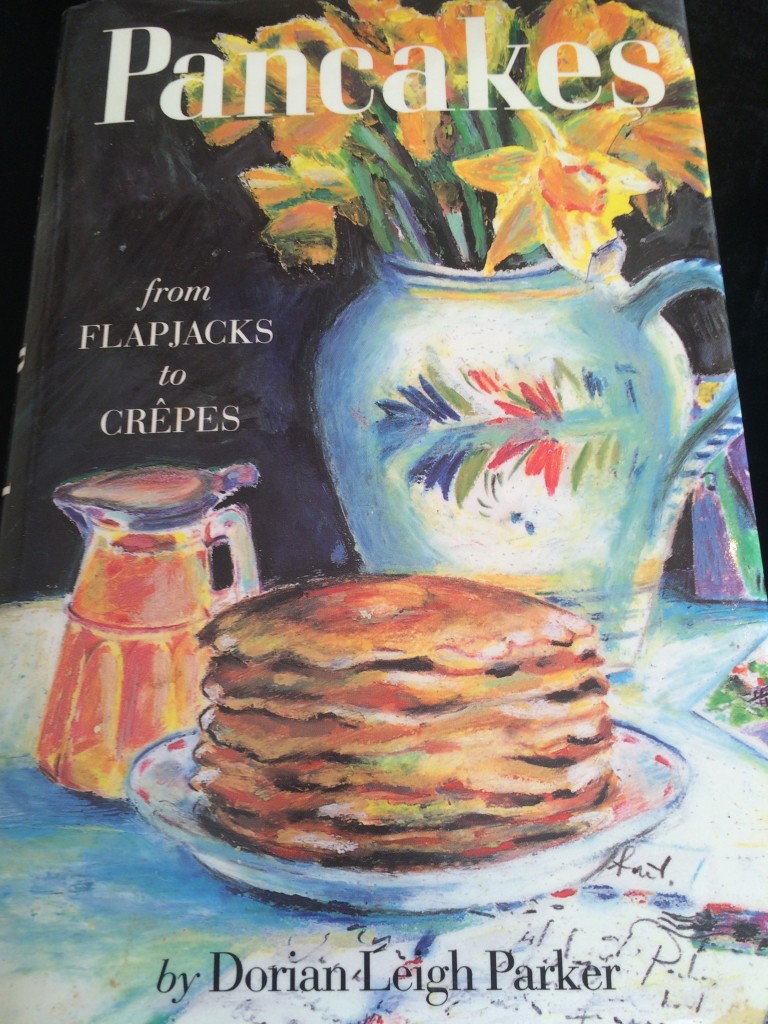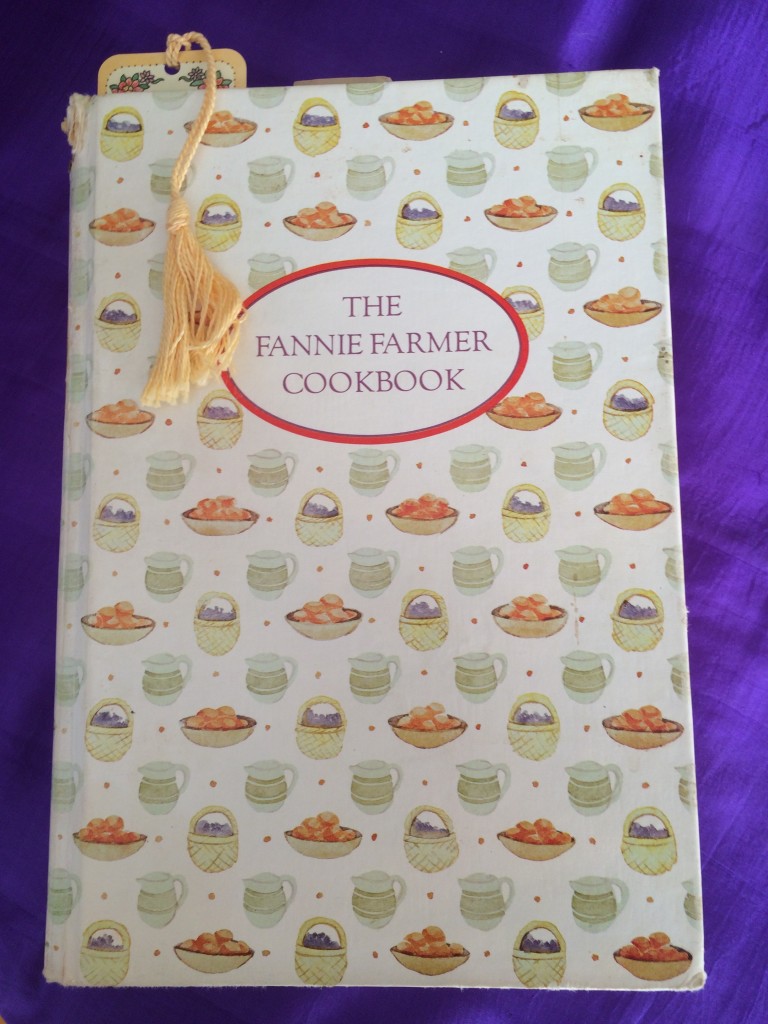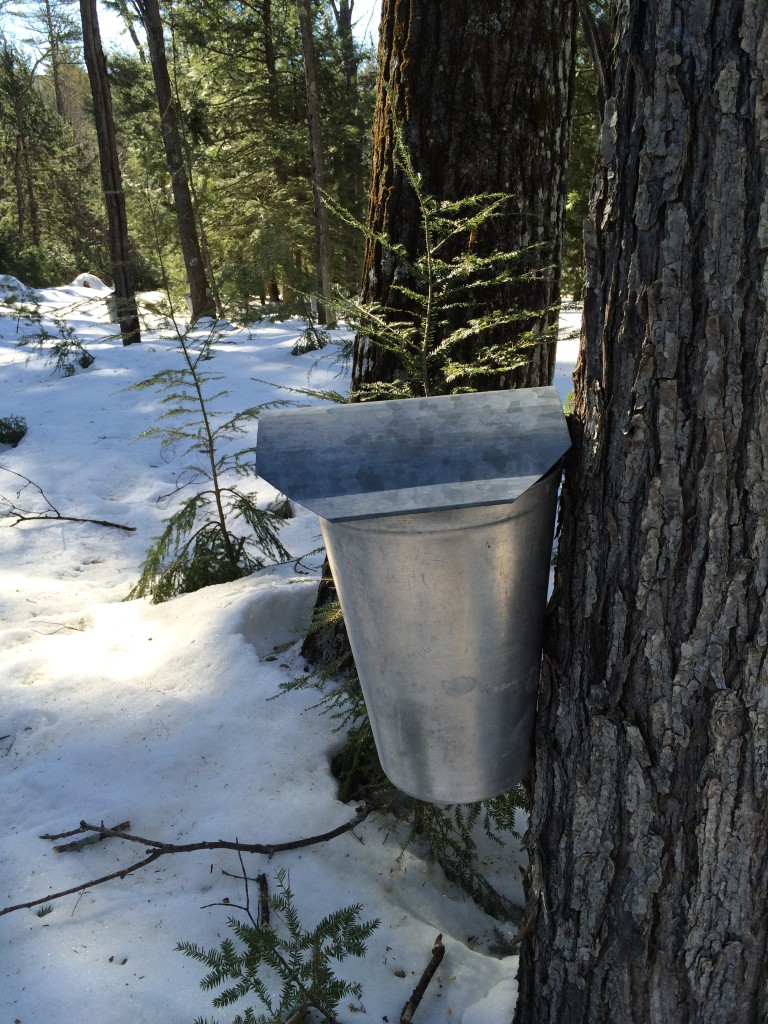 You may associate the warm, delicious and comforting breakfast food “pancakes” – otherwise known as “Johnnnycakes”, “flapjacks” and “griddle cakes” – as a distinctly American dish, but their origin extends back to the beginning of man with two simple ingredients made useful by natural elements.
You may associate the warm, delicious and comforting breakfast food “pancakes” – otherwise known as “Johnnnycakes”, “flapjacks” and “griddle cakes” – as a distinctly American dish, but their origin extends back to the beginning of man with two simple ingredients made useful by natural elements.
“Water and a fistful of pounded grain poured upon a hot rock in the sun must have been the world’s first pancake, the very first bread”, writes Dorian Leigh Parker in the introduction to her book, Pancakes: From Flapjacks to Crepes.
Over the years, upon the discovery of more and more natural resources, variations of what we consider “pancakes” began to form in myriad cultures around the world. In fact, many of the recognizable, popular ethnic foods today are largely considered the “pancake” of their culture.
Take, for instance:
- The Mexican Tortilla
- The Chapati and Paratha of India
- The Scallion and Mandarin Pancakes of China
- The Warka of Morocco
- The French Crêpe
- The Russian Blini
Interestingly, the pancake also developed a religious significance in Christian cultures: in England, on “Shrove Tuesday”* before Lent – a period of fasting and repentance before Easter – there were pancake races and pancake-eating contents. As Dorian Leigh Parker writes:
“Meat was not the only food to be forsworn, but also all of its by-products: eggs, milk, animal fats. Having no refrigeration, everyone made haste to eat up the perishables before Ash Wednesday, and what could be more logical than to eat, drink, and combine eggs, milk, and butter with a little flour and make merry pancakes?”
Even the great poet and playwright Shakespeare mentions pancakes in his play As You Like It: “of a certain Knight, that swore by his honor they were good pancakes…”
How truly amazing that such simple ingredients – water and grain – lent their way to the creation of such a distinguished food. But, as I’ve come to learn over the years, sometimes all it takes for great cooking and baking is a very good basic, simple recipe with quality ingredients.
The perfect example of this is the “Griddlecakes” recipe found in The Fannie Farmer Cookbook.
I have been serving these pancakes since 1984, after a friend who was studying to become a professional chef in Boston served them to me with a side of homemade cranberry and blueberry sauce. Come to find out, he made them using the recipe in The Fannie Farmer Cookbook, one of the best, most basic and easy-to-follow beginner cookbooks.
Since then, I have prepared them time and again for family and friends – and they never disappoint! Below is the recipe – very basic, but consistently reliable and good. Enjoy!
*“Shrove Tuesday” – known in some countries as “Pancake Tuesday” – was a day of indulgence in anticipation of the 40 days of sacrifice before Ash Wednesday, meant to celebrate renewal, family life and hopes for “all things good.”
Griddlecakes, aka “Pancakes” (recipe from The Fannie Farmer Cookbook)
To note: “The amount of milk you use will determine how thick these griddlecakes or pancakes are. Start with the smaller amount suggested and add more if the batter seems too thick. Try to have the milk room temperature before mixing and take care not to overbeat; a few lumps in the batter will do no harm. You can make lighter, fluffier griddlecakes by separating the egg, beating the white, and folding it in last.”
 To note: Fannie Farmer also offers substitute variations: Buttermilk, whole-wheat, oatmeal, buckwheat and apple pancakes.
To note: Fannie Farmer also offers substitute variations: Buttermilk, whole-wheat, oatmeal, buckwheat and apple pancakes.
Ingredients:
1 & 1/2 cups milk
4 tbsp. melted butter
2 eggs, room temp.
2 cups white flour
4 tsp. baking powder
4 tbsp. sugar
1 tsp. salt
Instructions:
Beat the milk, butter, and egg lightly in mixing bowl. Mix flour, baking powder, sugar, and salt and add to egg/butter mixture stirring just enough to combine. Using 1/4 cup measure pour batter on lightly buttered griddle and cook until nicely browned or until desired.
Serve with honey, fresh blueberries or blueberry sauce – and, if you’re anything like us, you won’t be able to resist topping it off and sticking to the four main food groups: candy, candy canes, candy corns and syrup.
And it is on that note that we offer some interesting, perhaps less well-known facts, about maple syrup:
- Maple syrup is only produced in the Northeastern United States and Eastern Canada
- Sap is a tree’s lifeblood; it is made up of 68 percent carbohydrates, calcium, potassium, small amounts of iron and phosphorous and a trace amount of B vitamins
- As the days grow warmer – above freezing during the day and below freezing during the night – the sap flows up and down with the temperature
- Sugaring season begins when the up and down movement of sap happens several days in a row; this stretch of days is called a “run”, lasting anywhere from 10 days to 6 weeks in March and April
 To tap a tree without harming it, it must be at least 50 years old with a trunk that is 31 and ½ inches around when measured 4 and ½ feet above ground
To tap a tree without harming it, it must be at least 50 years old with a trunk that is 31 and ½ inches around when measured 4 and ½ feet above ground
- Each tap hole yields approximately 10 gallons of sap over the season; this amount cooks down to about 1 quart of maple syrup; 70,0000 gallons of sap equals 1,700 gallons of maple syrup
- All states must use the USDA color standards to grade or classify maple syrup; for example, Vermont Fancy is a Grade A Light Amber, which is considered the best (it is also the most expensive). Following that is Grade A Medium Amber, Grade A Dark Amber, Grade B, etc.
- Dark Amber has a strong often bitter maple flavor and is sold to commercial bakers and food-processing plants (think Aunt Jemima’s)
For more information, we recommend checking out the University of Vermont’s Maple Syrup website, which includes award-winning recipes, such as:
- Maple Crème Brûlée French Toast
- Blueberry-Ricotta Pancakes
- Maple Pulled Pork
- Maple Mustard Salmon with Pineapple
- Fiery Maple Pork Tenderloin
- Spicy Peanut Coconut Curry Dip
Continue delving into all things Spring with more recipes for:
-
maple yogurt pound cake, spice cake with carmel frosting, and lemony cream cheese pancakes with blueberries
-
healthy morning muffins
-
nut bread and chicken salad
-
panna cotta, sunny lemon cake and banana cake with cream cheese frosting
-
english trifle cake
-
all things asparagus
-
avocado salad and strawberry chiffon pie
-
sugar cookies with buttercream frosting
Very interesting history here. While there is a long pre-American history to them, I think pancakes are just one of those great American staples. Someone asked me just the other day what my favorite homemade breakfast was growing up, and despite a long list of choices, I had to say they were my Mom’s homemade blueberry pancakes.